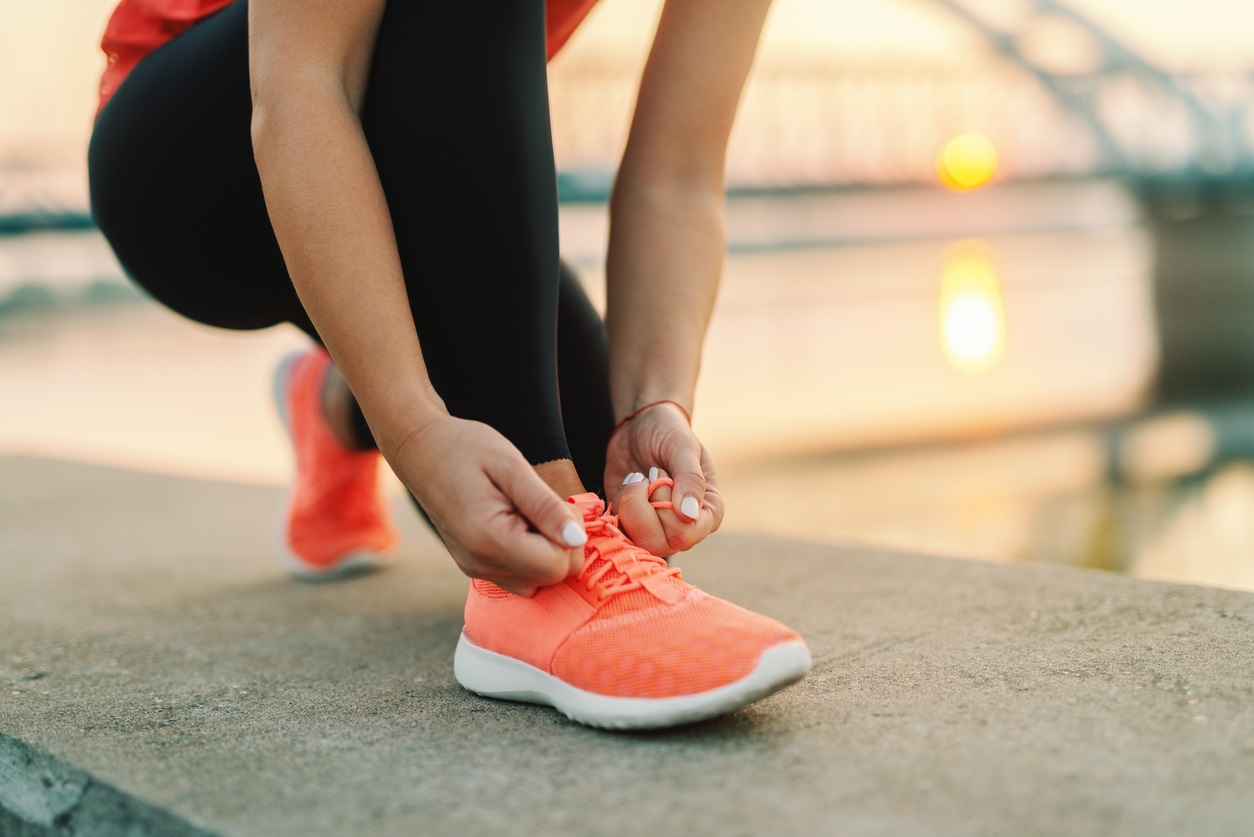How to Avoid Injuries from Running

Unsurprisingly, running has become increasingly popular in Ireland. With its many physical and mental benefits, it’s an enjoyable – and free – way to stay fit and active. However, whether you’ve just taken up the sport or are a seasoned pro, you probably know an injury can really set you back. So how can you protect yourself, and can the right footwear help? We spoke to Emmett Dunleavy, founder of Perfect Pacing, to find out how to avoid foot injuries from running.
Avoid Training Errors
“When it comes to running”, Emmett begins, “what you do in the shoes is much more of a contributing factor to injury than the shoes themselves. Approximately two-thirds of injuries are caused by people increasing their training too soon or too fast.” A program that builds fitness and stamina gradually over time is your best bet. Pace yourself, listen to your body, and you’re much less likely to fall foul of an injury.
Choosing a Shoe
That said, there are some key elements road runners should keep in mind when choosing a shoe. “Comfort is most important,” says Emmett. “I’d recommend visiting a specialist running shop, trying on five or six pairs, and picking the ones that are most comfortable.” However, if you’re running cross-country or on soft grass, Emmet suggests investing in a pair of spikes. “And if you’re someone who runs on hills or trails,” he adds, “it might be worth getting shoes which have a bit of additional grip on the bottom.”

Do I Need Shoe Supports?
If you suffer from a recurring issue when you run, like overpronation (the foot rolling inward towards the arch), you might be considering an insole. However, Emmett recommends getting to the root of the problem first. “Try to strengthen and condition the area before buying an insole,” he advises. “Very often, people get an injury and put an arch support or orthotic into the shoe. It may solve the initial problem, but it can cause pain in other areas.” With that in mind, his first port of call is to work with a specialist to strengthen the weaker muscles that might be causing the discomfort in the first place. Once that’s done, you can look at more specific interventions, like an insole or orthotic.
Slow and Steady Wins the Race
There are lots of other factors to bear in mind when it comes to preventing injuries. As with most sports, the temptation can be to push yourself as hard as you can. Emmett advises against this. “Particularly in the early stages, you need to be running at a conversational pace,” he notes. Put simply, this means running at a pace where you could still comfortably hold a conversation. “A lot of people, particularly new runners, think that if you push hard all the time, you’re going to get more benefits. In fact, you’re more likely to get injured, because your body is under pressure.” He advises a ratio of 80:20, so 80% of your weekly running is at an easy pace, while 20% is higher intensity. Remember the bigger picture here; this is a journey, not a race!

Created May 2019.